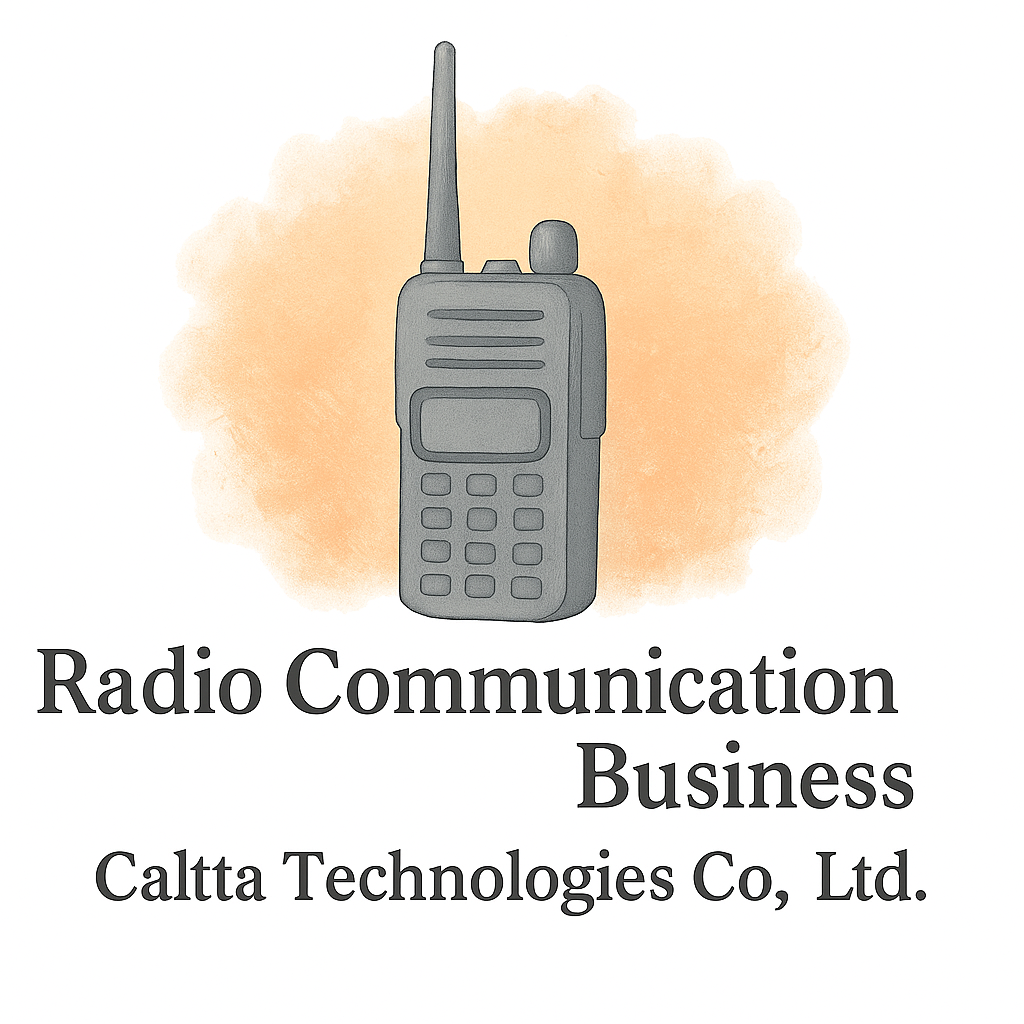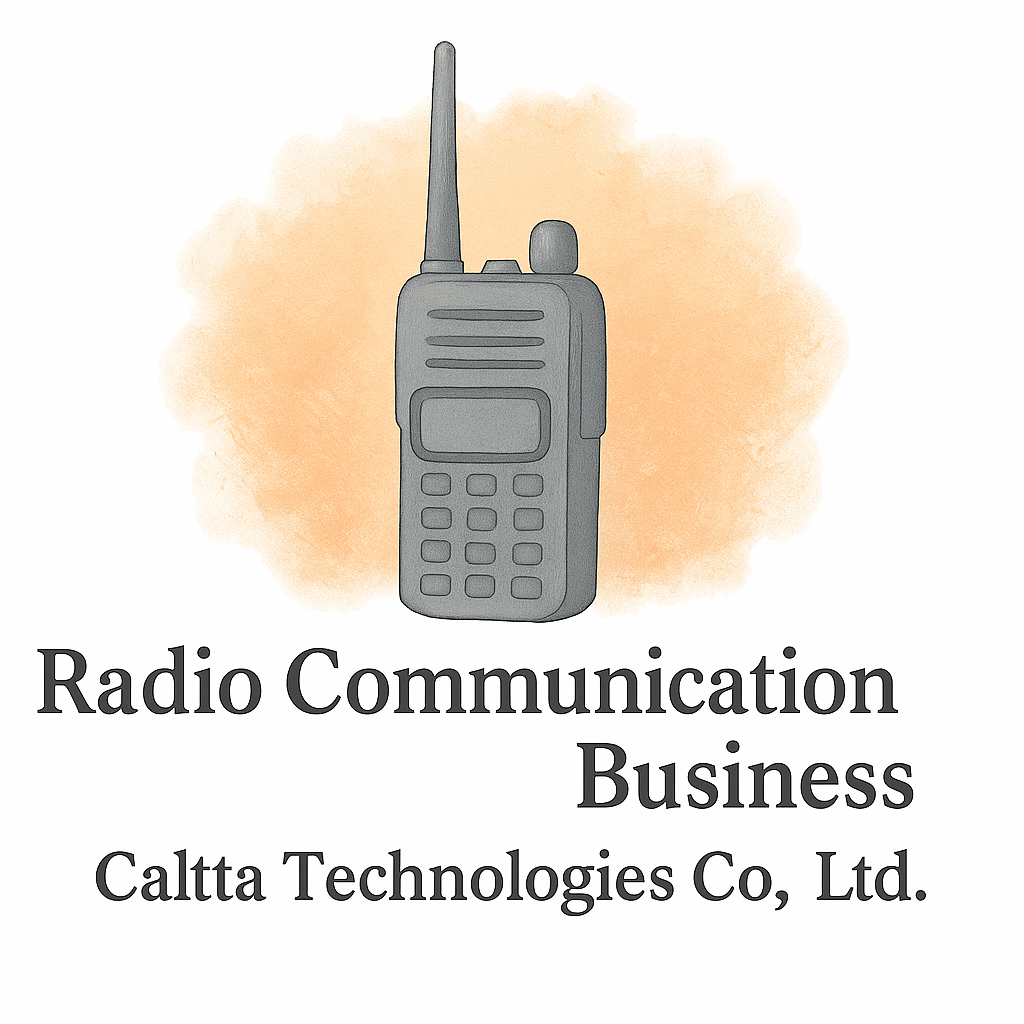Introduction
Let’s face it—if your radio communication company isn’t on social media, you’re invisible to a massive slice of your potential audience. Whether you’re providing two-way radios for events or advanced communication systems for industries, social platforms can supercharge your visibility.
Why Social Media is a Game-Changer for Radio Communication Businesses
Building Brand Awareness
Social media helps you put your brand in front of thousands of people quickly. By sharing stories, updates, and customer wins, you build trust and recognition. Think of it as modern word-of-mouth, only faster.
Reaching Your Target Audience
From event managers to industrial contractors, your ideal customer is likely scrolling through their feed. The right platform helps you meet them where they are and engage in ways that matter.
1. Facebook: The All-Around Powerhouse
Creating a Business Page
Start with a polished business profile. Add professional images, link your website, and tell people exactly what you do. Make sure to include your services, industry insights, and even links to equipment and technology.
Tips to Boost Engagement
- Post regularly with behind-the-scenes videos
- Run polls about communication needs
- Go live at events or product launches
Facebook Ads for Targeted Reach
With Facebook Ads, you can target users by job title, interests, location, and more. It’s a perfect place to promote new gear or direct traffic to your business startup basics.
2. LinkedIn: The Professional Connection
Industry Networking and B2B Marketing
This is the go-to platform for connecting with industry leaders. Share case studies, join discussions in groups like “Radio Communication in Events,” and build your presence.
Building Authority Through Thought Leadership
Write long-form posts or articles that link back to your industry insights and show your deep knowledge. Tag influencers and use hashtags like #compliance and #law.
3. Instagram: Visual Marketing for Tech Brands
Behind-the-Scenes & Product Demos
People love seeing how things work. Show off your tech setup, team, or radio gear in action. Create reels showing how your communication tools are used in real-time.
Influencer Collaborations in Tech
Partner with micro-influencers who specialize in tech or event management. Their audience trusts them, and that trust can extend to your brand.

4. Twitter (X): Real-Time Engagement Platform
Breaking News and Updates
Got a new feature? A last-minute event? Post it on X. People follow for quick updates and opinions, so it’s ideal for bite-sized content.
Hashtag Strategy for Niche Markets
Use tags like #startup, #promotion, and #radio-communication to appear in relevant searches.
5. YouTube: Showcasing Radio Communication in Action
Product Tutorials and How-To Content
YouTube is a visual search engine. Upload tutorials, unboxings, or troubleshooting guides. Add links to your services like financial planning in the descriptions.
Leveraging SEO for Video Content
Use keywords in your titles and descriptions. Encourage comments and shares to boost visibility.
6. TikTok: Bite-Sized Content for Big Reach
Viral Trends and Education Blended
Think TikTok isn’t for B2B? Think again. Short videos explaining complex radio communication setups or showing quick hacks can gain traction fast.
Link to hacks or equipment pages in your bio.
7. Pinterest: Unexpected Value for B2B Marketing
Driving Traffic with Infographics & Guides
Post visual guides like “How to Set Up Emergency Comms at Events” with links back to cost-saving blog posts or tools.
Pinterest users often plan purchases and save resources, making it perfect for evergreen content.
8. Reddit: Honest Conversations and User Input
Joining Communities & AMAs
Find subreddits like r/amateurradio or r/techbusiness. Join discussions, host Ask Me Anything (AMA) sessions, and build authentic relationships.
Just don’t spam—Reddit users value honesty and expertise.
Best Practices for Promoting Radio Communication Online
Content Strategy and Scheduling
Use tools like Buffer or Hootsuite to schedule posts. Mix up your content types: blog links, user-generated content, live sessions, and more. Keep a balance between promotional and informative content.
Using Social Listening to Stay Ahead
Monitor what people are saying about your brand and industry. Respond to questions. This helps you stay ahead of industry trends and avoid mistakes.
Conclusion
Social media isn’t just a megaphone—it’s a two-way radio. It lets you listen, engage, and build lasting connections. Whether you’re a small startup or an established player, these platforms can elevate your brand presence and drive results. Ready to boost your business? Caltta International has your back with insights, tools, and resources.
FAQs
- What platform is best for B2B radio communication companies? LinkedIn and Facebook are your go-to platforms for B2B networking and professional promotion.
- Can TikTok really help a tech company grow? Absolutely! Short, informative videos can go viral and position you as an expert in your field.
- How often should I post on social media? Aim for 3-5 times a week depending on the platform. Consistency is key.
- What type of content gets the most engagement? Behind-the-scenes footage, how-to guides, and customer testimonials often perform well.
- Is video content better than text for promoting my company? Video generally gets more engagement and is great for showcasing equipment and services.
- How do I track the success of my social media campaigns? Use platform analytics and UTM parameters in links to monitor traffic and engagement.
- Where can I learn more about setting up a radio communication business? Check out business startup basics and marketing & branding tips on Caltta International.

Welcome to the calttainternational.com

